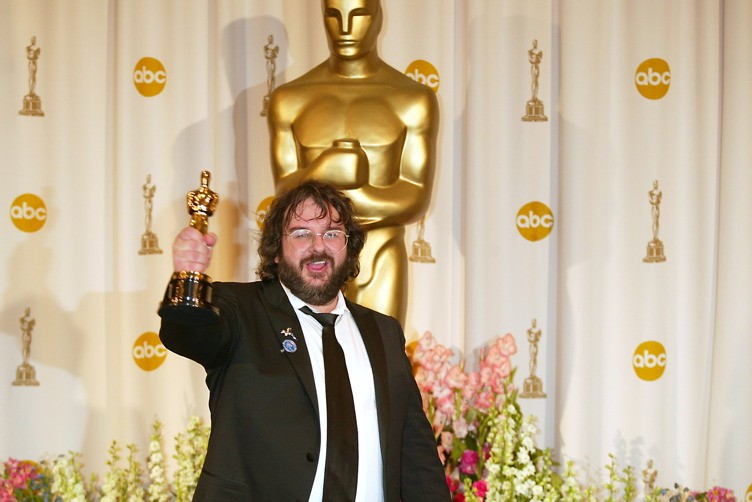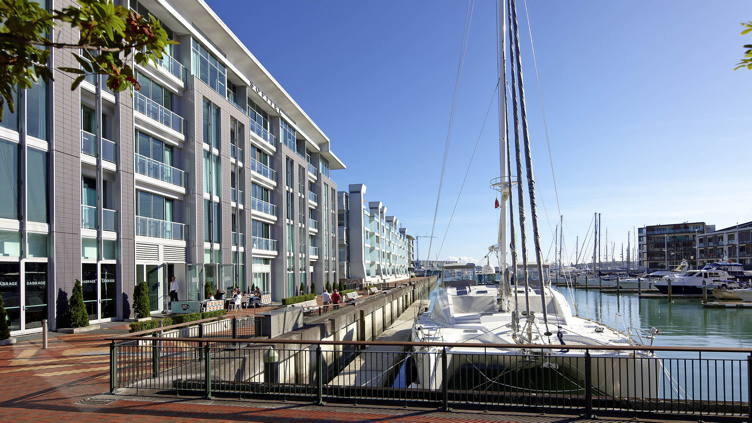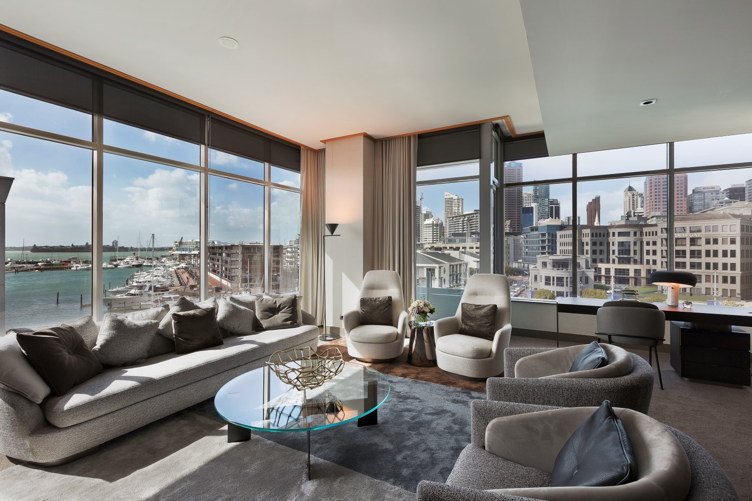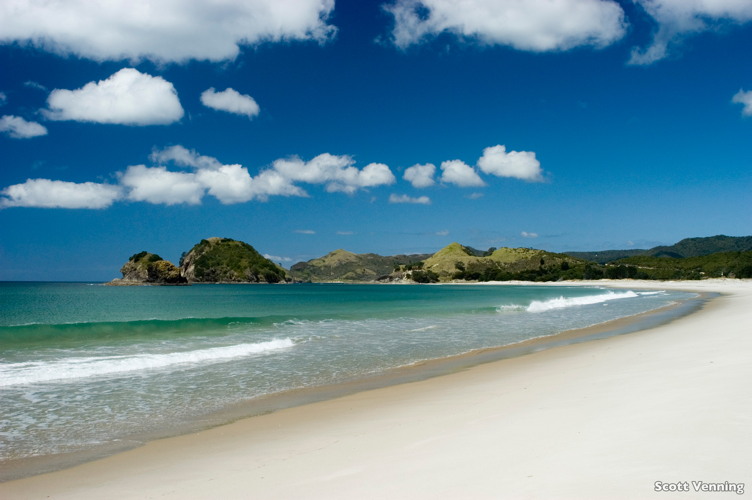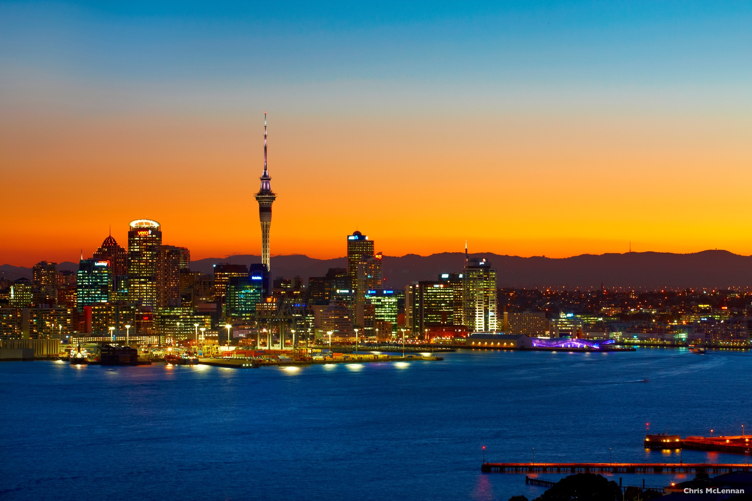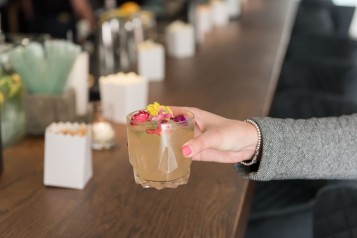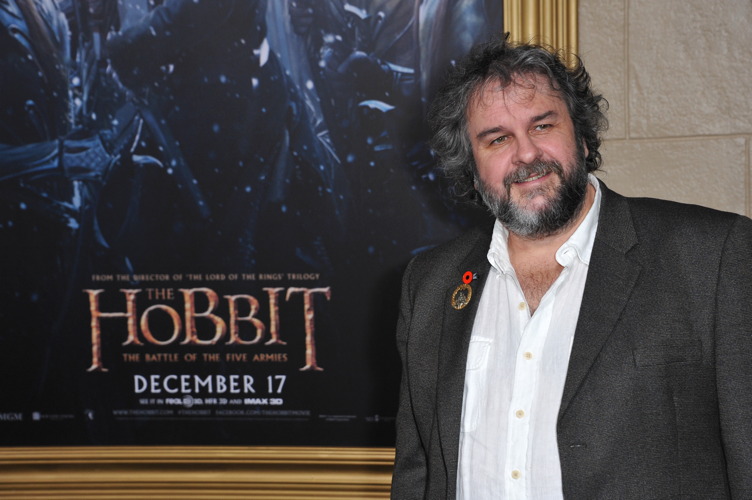
Photo Credit: Jaguar PS/Shutterstock
When Sir Peter Jackson took on the “Lord of the Rings” and ensuing “The Hobbit” trilogies, which were painstaking big screen adaptations of J.R.R. Tolkien’s beloved books, even he couldn’t have predicted the influence they’d have on modern popular culture. In fact, the “LOTR” trilogies—”The Fellowship of the Ring,” “The Two Towers” and “Return of the King”—and “The Hobbit: 1, 2 and 3” have amassed billions (the worldwide gross for Return of the King alone was $1,119,110,941). That said, it’s no wonder that Hobbiton—the film set located on a family farm in Matamata, New Zealand that served as The Shire—is one of the country’s top tourist attractions. In fact, in 2017, Tourism New Zealand found that 14% of active considerers cited The Lord of the Rings and The Hobbit movie trilogies as a reason to visit New Zealand. As such, the annual tourist influx to New Zealand grew 40%, from 1.7 million in 2000 to 2.4 million in 2006. In 2017-18, the Hobbiton Movie Set experienced their biggest season yet, with over 650,000 visitors in a 12 month period.
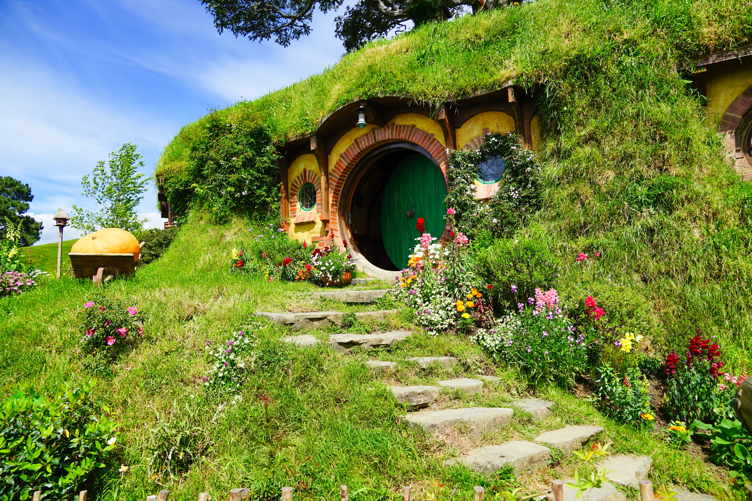
The story goes like this: In1998, Sir Jackson’s team of location scouts were searching for the iconic rolling hills and lush green pastures of Hobbiton. An aerial search led them to the Alexander farm, a picture-perfect, 1,250 acre sheep farm in the heart of the Waikato. In one particular part of the farm, a magnificent pine tree towered over a nearby lake, adjacent to a rising hill. Bag End now sits atop that hill, overlooking the Party Tree, as that pine would later be known. The surrounding areas were untouched; no power lines, no buildings and no roads in sight. This meant that Sir Peter Jackson could leave the 20th century behind, and fully submerge himself in the fantasy world of Middle-earth.
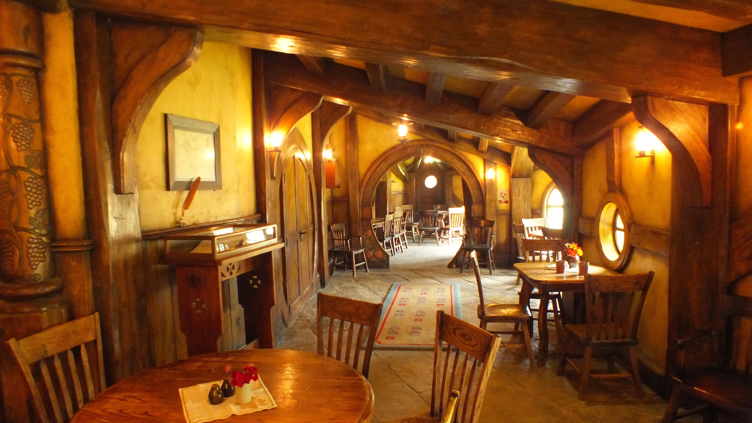
Photo Credit: Bob Hilscher/Shutterstock.com
In March 1999 the crew began the nine month quest to bring the ideas for Hobbiton to fruition aided by the New Zealand Army, who created 39 temporary Hobbit Holes scattered across a 12 acre plot. Filming commenced in December 1999. After an initial attempt at demolition, 17 bare plywood facades remained. These shells would serve as the catalyst that propelled Hobbiton forward into the public eye, with guided tours commencing in 2002.
In 2009, Jackson then returned to film The Hobbit trilogy, and he left behind the beautiful movie visitors flock to in droves today: 44 permanently reconstructed Hobbit Holes, in the same fantastic detail seen in the movies. In 2012, the Green Dragon Inn opened as the finale to the journey, serving ales and lagers from the Southfarthing Range that can only be tasted here on this tiny slice of Kiwi farmland.
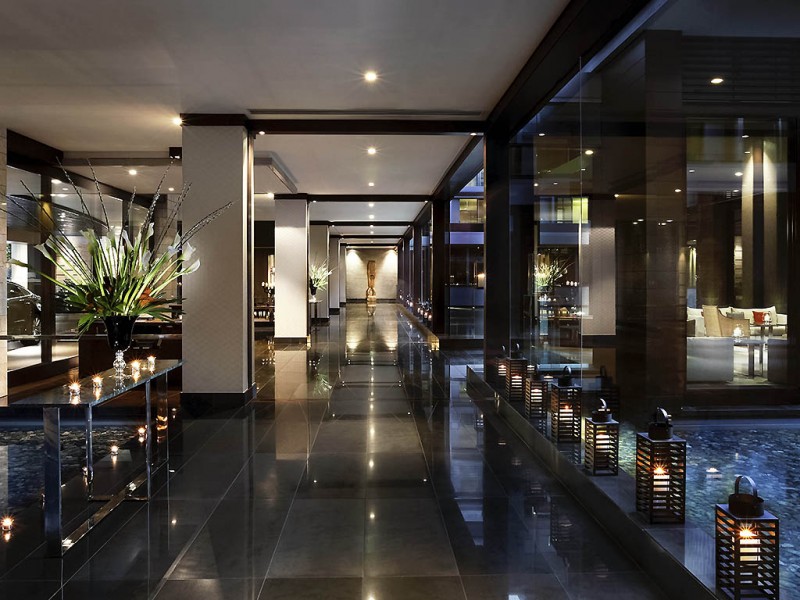
Photo Credit: Accor Hotels
It’s the all-encompassing experience for fan boys and girls: insider information on the filming of the two series and Jackson himself, drinks you can’t get anywhere else in the world and even an immersive banquet experience for those who want a taste of The Shire in the evening. In true Jackson fashion, those who visit Hobbiton can also experience the best of the North Island with a visit to Te Puia, the home of Maori culture and cuisine, as well as a visit to the magical Waitomo Glowworm Caves under a galaxy of glowworms and to ancient Ruakuri Cave, a spectacular cave full of legends and tales.
There are loads of lovely small towns surrounding Matamata, but for a cosmopolitan experience, stay in Auckland, which is just two hours away by car. Our pick would be the chic and newly refreshed Sofitel Viaduct Harbour, a stylish 5-star hotel in the heart of Auckland Central between the upscale Viaduct Harbour lifestyle development and cool Wynyard Quarter which is adjacent to the shimmering Waitemata Harbour. Located on the water’s edge with floor to ceiling windows and private balconies, these spacious suites offer views over the Viaduct basin and Auckland city which are incredible at sunrise. Features include espresso machines, Bose sound systems, French amenities, LCD TVs, oversized bathrooms and cloudlike Sofitel MyBeds. If you have time, fly to Waiheke Island—the most populated and second-largest island in the Hauraki Gulf of New Zealand—with Auckland Sea Planes for a truly scenic, memorable experience (with wine tasting at Man O’War Vineyards, to boot).







